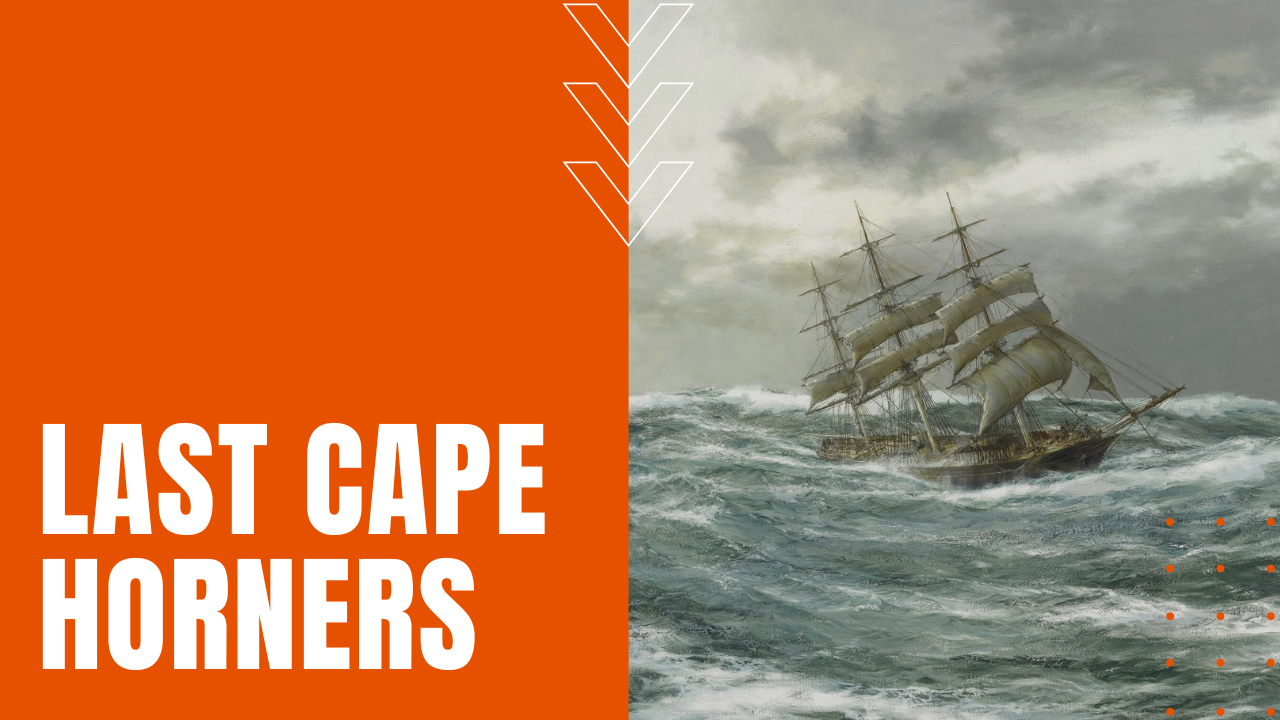The Last Cape Horners

Majestic sailing ships had carried the world’s commerce for hundreds of years—not to mention man’s extraordinary capacity to wage war atop the world’s oceans—until the first ocean-going steam ship was launched in 1818. But it was not until the 1890s, when improvements to steam ship engine design made for a more efficient cargo carrier over short to medium trade routes, forcing the last of the great clipper ships to focus on long distance trade routes to stay alive, or places where a lack of maritime facilities made it unprofitable for a steam ship to operate.
A Reprieve
As the death knell was ringing on the age of tall ships, Gustav Erikson built up the last great sailing fleet the world would ever see. Basing his fleet away from large shipping ports like London, Boston or Los Angeles, Erikson based his fleet at the tiny port of Mariehamn, capital of the Aland islands of Finland. After the German’s defeat in World War One, Erikson purchased German sailing ships, which Germany was forced to surrender as payment of war reparations to the Allied nations. Adding substantially to his fleet in the 1920s, when major shipping companies began scraping their sailing ships, Erikson focused his windjammers on the grain trade between Australia and Europe around the Cape Horn off the Chilean coast—some of the most challenging sailing conditions in the world, as his windjammers plied long haul routes between Port Victoria in Australia to destination ports in Europe.
A Form of Mass Entertainment
Enthusiastically followed in newspapers throughout Europe and North America, competition amongst Cape Horners became known as the Grain Races, as windjammer captains pushed their crews to the limits of speed and endurance to cross agreed upon finish lines—sometimes as many as ten to twelves Clippers at a time. Rounding the equator, a point halfway between the north and south poles—at zero latitude known by mariners as the line—rookie sailors were routinely hazed and tarred to celebrate the loss of their sailing virginity, during roundtrip voyages that could keep a man at sea for upwards of eleven to twelve months at a time.
The Last Hurrah
World War Two spelled the coming end of the days of clipper ships, when German torpedoes and mines took eight of Erikson’s windjammers, while still others were seized in foreign ports. Erikson tried to resurrect his sailing trade after the war with the few ships he had left, but conditions had changed dramatically in an increasingly mechanized world. After his death in 1947, in May of that same year, the last of his windjammers sailed from Australia on their final voyages, ending centuries of man’s passion to ride the wind.
